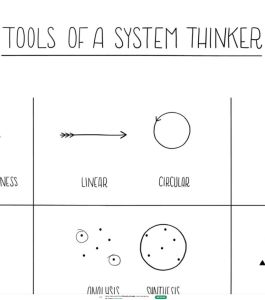Join getAbstract to access the summary!

Join getAbstract to access the summary!
Leyla Acaroglu
Tools of a System Thinker
The 6 Fundamental Concepts of Systems Thinking
Medium, 2017
What's inside?
The more you understand the context of a problem, the better will you be able to solve it.
Recommendation
Most likely, you are familiar with this piece of advice: If you want to solve a problem, break it down into its parts. But in today’s highly interconnected and fast-changing world, you need to be able to connect the dots. Award-winning designer and educator Leyla Acaroglu encourages you to think about the world in terms of dynamic systems, whose individual components interact with and influence one another. With roots in biology, ecology and other scientific disciplines, “systems thinking” is becoming an increasingly important competency in solving issues in diverse areas such as public policy and managing corporations. In a short article posted on the Medium platform, Acaroglu introduces six fundamental concepts on which systems thinking is based. Her descriptions are easy to follow and supplemented with catchy graphics. Regardless of the problem you are trying to solve at work or at home, getAbstract believes that you will benefit from this problem-solving approach.
Summary
About the Author
Leyla Acaroglu is a designer and founder of the UnSchool of Disruptive Design, as well as the two design agencies Disrupt Design and Eco Innovators.

















Comment on this summary